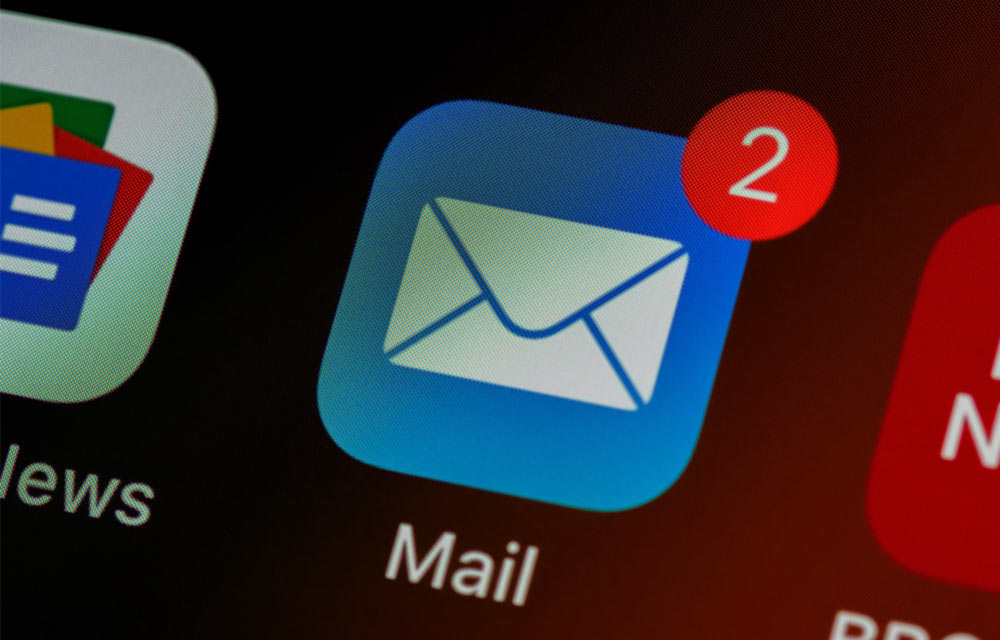Have you lately found it difficult to penetrate the competitive market and reach the right audience for your events through email marketing? Many professional events companies simply deduce that email marketing is no more effective.
So, is email marketing dead in 2023?
The fact is that e-mail marketing for professional events is not dead. There is simply a need to readjust the strategies that you have been using, and when you do so, you will see the desired results.
Sticking to a single strategy while doing business is never a long-term solution. In the business arena, you need to be adaptive and inquisitive to find and learn new marketing strategies.
Sometimes, one strategy might not be enough, and you might have to develop hybrid marketing techniques to reach the right customers.
Summary
1. The present condition of email marketing for professional events
When talking about the professional events industry, the demographics vary greatly compared to many other industries. Services are offered to a diverse group of demographics – and this may depend on their age, gender, income group, profession, etc.
When you study your competitors, you will find them using various means to reach out to their prospective clients. It may include using social media platforms like Instagram, Facebook, etc.
However, this does not mean that e-mail marketing for professional events is not effective these days. In fact, people still consider emails to be a very legit form of communication. The majority of Gen-Z prefers to receive brand communication via email.
Moreover, event organisers rated email marketing as the most successful marketing strategy. So, why do many people believe that email marketing is dead for the professional events industry?
The next section will highlight factors contributing to the perception that email marketing for professional events is no longer effective.
Factors that contribute to the perception that email marketing for professional events is no longer effective
The prime reason behind the belief in the non-effectiveness of email marketing for professional events is insufficient results or a low response rate. There are many factors responsible for email marketing not delivering desired results.
1. Lack of focus on personalisation
One must realise that email marketing has changed over the last decade, and the strategies that worked in the past might not be as effective now.
Those who effectively gain results from email marketing for professional events never discard personalisation. Whether using personal subject lines or focusing on email design, everything must be customer-centric when adopting email marketing.
The fact that most organisations fail to follow the basics of personalisation leads to poor results from email marketing for event management, leading to the perception that it’s no longer effective
2. Non-mobile-friendly templates
Almost everything in the world now runs on mobile. People want to access everything on their mobile phones – even emails! But when you do not use mobile-friendly templates, the users do not find them interesting.
As a result, the response is negligible. Once again, in such a predicament, it is led to believe that email marketing is ineffective for professional events.
3. Ignorance about GDPR requirements
GDPR requires clear, indisputable consent from customers to receive commercial communications. Marketing emails that comply with GDPR are legal. GDPR ensures that consumers’ data is protected and used by firms they trust.
It means that the email campaigns will only reach those interested in them. It ensures legal compliance for email marketing. Those who fail to use GDPR-compliant email marketing tools do not get the results from their email marketing efforts, and they believe it is no longer effective.
3. Best Practices for Email Marketing for Professional Events
You must follow the best practices to ensure you get the desired results from your email marketing efforts. If you are an event manager, you might want to brush up on your knowledge of the right way to start the email and create impressive subject lines.
Use the following tips to pilot your email marketing for professional events in the right direction:
Segmenting the target audience
Your email list’s audience will likely represent various interests and lifestyles. Consequently, it is reasonable to purposefully address or contact each of the distinct groups of individuals who constitute your mailing list.
Your audience members could have a common interest in the event you’re hosting, but that doesn’t mean they’re all the same. If you want to engage them, you will not be successful if you treat them all as if they were one massive mass audience.
So, it is a good idea to divide individuals of your audience into groups (or segments) depending on location, age, the kind of event they are attending, their interests, and how involved they are with your event.
Because of this, you will have the ability to deliver the information that is both useful and the most engaging for each subset of your email list.
Create personalised subject lines
Create subject lines that are interesting to read. Most marketers believe that the subject lines have the most influence on the percentage of emails that are opened.
People make the decision to flag communications as spam based only on the subject line, which further emphasises the significance of subject lines. Hence, you must compose subject lines that pique their interest to improve the percentage of people in your audience who read your emails.
It may be challenging to write subject lines for emails that capture the reader’s attention, particularly if you are delivering various messages during your event advertising campaign. To get people to click on your links, make sure your subject lines:
- are very clear and easy to understand,
- are less than 50 characters (to make them mobile-friendly),
- use language and messages that your target buyer persona knows and is interested in,
- use action-oriented language and verbs to make your writing feel urgent and exciting,
- avoid spam triggers like “Cash,” “Quote,” and “Save”,
- include their first names.
3. Each email should have at least one call-to-action button
Those who receive your email will skim over everything rather than read them thoroughly. Because of this, you should ensure that your call-to-action (CTA) button is well-defined and simple to locate, even for the most efficient email scanners.
If you are organising a specific kind of event, then you will not be able to call your receivers to take any action that genuinely helps if you do not have a CTA button.
You will want to position your call to action (CTA) in a spot that allows for clear visibility and makes it obvious why someone would want to click on it.
4. Choose the best location for the most important information (assets)
Your asset of the most important information of your professional event should be highlighted and placed in the best position to attract attention. If you want to include a banner image, GIF, or video in your email, show it immediately.
This will assist in capturing the interest of the reader. Now that you have their attention, you should immediately ask them to do something. There is always the temptation to utilise a call to action as an outro, but if you want the reader to take action after reading your email, you should place the CTA higher up on the page.
If you do this, the percentage of people in the audience who respond to what you say will be substantially greater.
5. Keep your email straightforward
Everyone gets marketing emails, and people are hardly impressed with unnecessary gibberish. You must keep your emails for professional events pretty straightforward and communicate precisely.
When conveying important information, use short sentences using straightforward language. Make the content more scannable by employing headers and subheading titles, lists, and links that are simple to spot in the text.
6. Recheck your emails
When you are finally ready to send an email, practise double-checking again to see whether the email looks as nice as you believe it does before you push the “Send” button. If the email marketing solution you’re using gives you the option to do so, preview how your message will appear on your target audience’s devices.
A test version of your email should also be sent out before you send it to everyone on your email list to confirm that it functions properly for everyone. You should begin including these as the last stages in reviewing your emails.
Conclusion
Using the right strategies and avoiding the wrong ones would help you understand how and when email marketing is effective. Hopefully, the insights of this article will help you get the most out of your efforts through email marketing for professional events.
Now that you have the essential knowledge on maximising email marketing for professional events, it’s time to explore solutions to streamline your event organisation. Weezevent provides ticketing, access control and cashless payment solutions and marketing and CRM tools to make your event a success!



